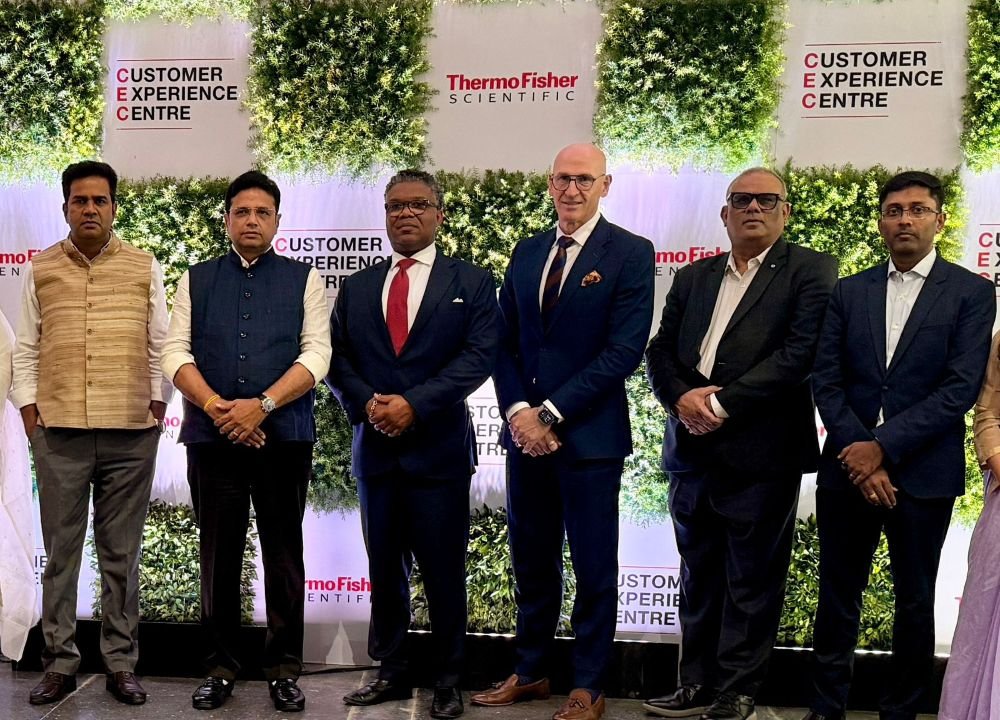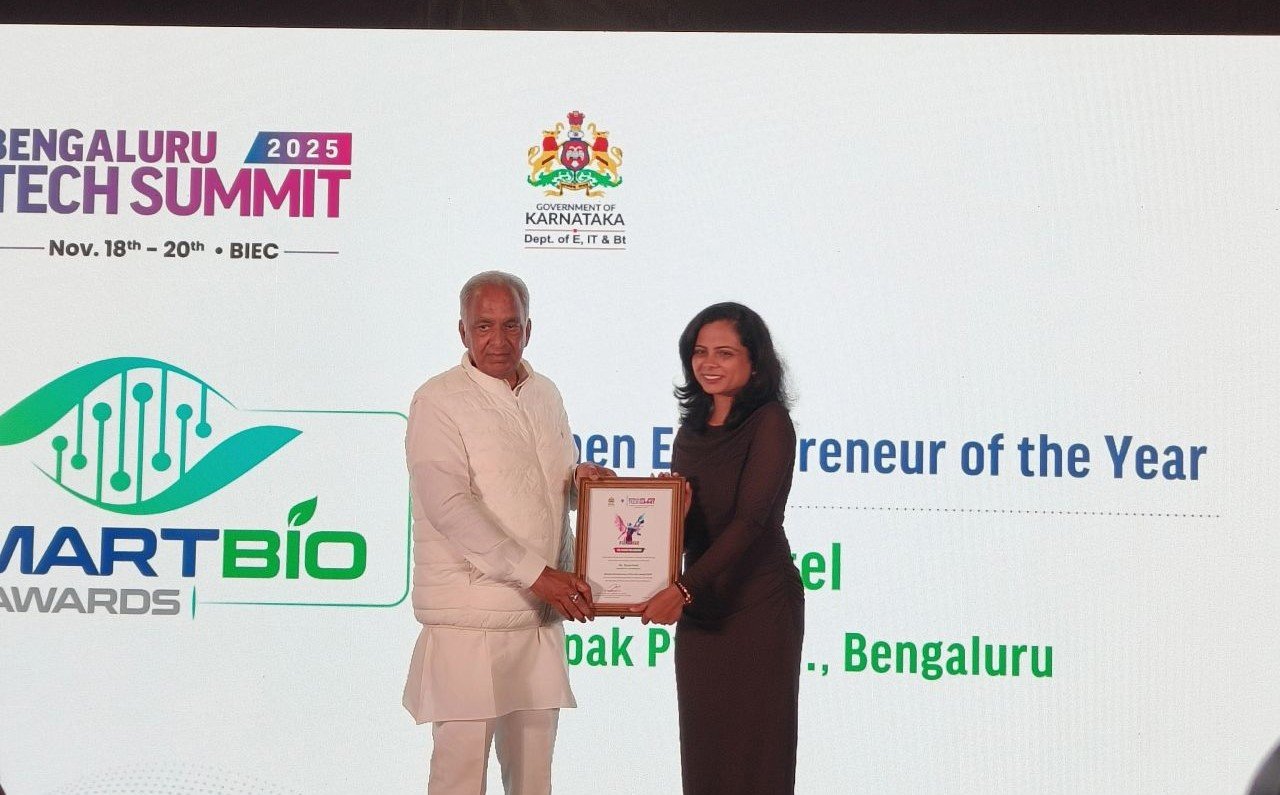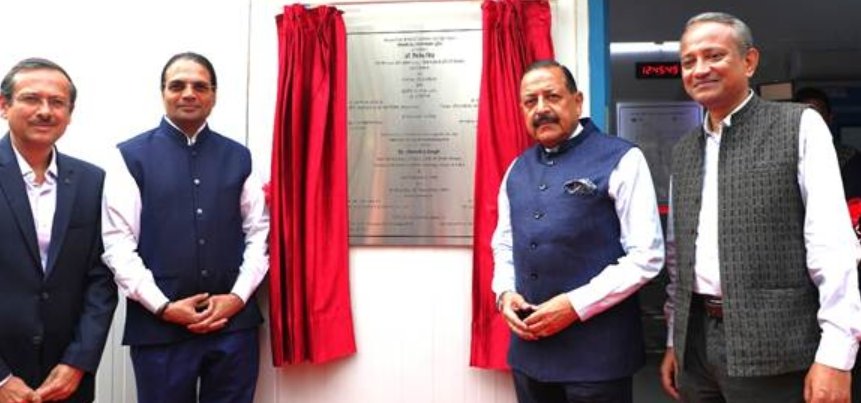Innovations in Urological Imaging: Transforming Patient Care in India
December 01, 2024 | Sunday | Views | By Dr Vinay Prabhu, Consultant - Department of Radiology, Ramaiah Memorial Hospital
Despite advancements in urological imaging, challenges persist in India, particularly regarding cost and accessibility. Government initiatives and public-private partnerships should expand access to imaging facilities. Continued research investment is crucial for developing cost-effective solutions.
The landscape of urological care in India is undergoing a significant transformation, driven by cutting-edge innovations in medical imaging. These advancements are revolutionising the diagnosis, treatment, and management of urological conditions, offering new hope to millions nationwide. Urologic cancers, including bladder, kidney, prostate, testicular, and urethral cancers, present unique challenges in detection and treatment.
According to the Global Cancer Observatory (GLOBOCAN), India ranked third globally in cancer incidence for 2020, with projections indicating a 57.5 per cent increase in cancer cases by 2040, reaching an estimated 2.08 million cases.
In response, integrating state-of-the-art imaging technologies is proving transformative in urology. These innovations enhance the ability to detect and characterise urological malignancies, paving the way for precise, personalised treatment strategies.
Multiparametric MRI: A Paradigm Shift in Prostate Cancer Detection
One of the most significant breakthroughs has been the adoption of multiparametric MRI (mpMRI) for prostate cancer diagnosis. Prostate cancer ranks as the third leading cancer site among males in India. mpMRI has emerged as a superior imaging modality compared to standard MRI for prostate cancer evaluation. While standard MRI primarily provides anatomical details, mpMRI incorporates a combination of imaging techniques, including diffusion-weighted imaging (DWI) and dynamic contrast-enhanced imaging (DCE). These functional imaging techniques assess tissue characteristics such as cellular density and vascularity, enabling mpMRI to achieve higher sensitivity and specificity in detecting clinically significant prostate cancer.
Studies also show that mpMRI can detect clinically significant prostate cancers with a sensitivity of up to 93 per cent and a specificity of 41 per cent. It allows for more precise targeting during biopsy procedures, improving cancer detection rates while reducing unnecessary biopsies by up to 28 per cent. However, challenges remain in terms of accessibility and the need for specialised radiological expertise.
Fusion Biopsy: Merging the Best of Two Worlds
Fusion biopsy technology is a significant advancement in prostate cancer diagnosis, combining the strengths of mpMRI and real-time ultrasound. This innovative approach leverages detailed imaging data from mpMRI to identify suspicious areas within the prostate gland. During the biopsy procedure, specialised software aligns these MRI images with live ultrasound feeds, enabling urologists to precisely target lesions that may harbour cancer.
The integration of AI technology further enhances fusion biopsy by marking abnormal areas, increasing the likelihood of detecting clinically significant cancers. This precision reduces the risk of missing aggressive tumours and minimises unnecessary biopsies, improving patient outcomes.
Prostate cancer accounts for 3-7 per cent of all cancers in India, with an estimated 33,000-42,000 new cases annually. Fusion biopsy offers a greater chance of cancer detection by marking abnormal areas with AI technology. While still in the early stages of adoption, several centres of excellence have incorporated this technique into practice. As of 2024, approximately 18 major hospitals across India offer fusion biopsy services.
Contrast-Enhanced Ultrasound: Redefining Renal Imaging
Contrast-enhanced ultrasound (CEUS) has emerged as a valuable tool in evaluating renal masses and other urological conditions. Microvascular Imaging Super Resolution Contrast Enhanced Ultrasound (CEUS) enhances resolution by over 200 per cent.
It is an advanced imaging technique that enhances blood flow visualisation using microbubble contrast agents. These microbubbles, injected intravenously, are gas-filled spheres that reflect ultrasound waves more effectively than surrounding tissues, providing enhanced echogenicity of blood vessels. This allows for real-time, dynamic imaging of tissue vascularity and perfusion patterns.
In urology, CEUS is particularly valuable for characterising complex cystic lesions and small renal masses, as well as assessing renal ischemia, trauma, and post-operative complications. Unlike traditional contrast agents, CEUS microbubbles do not contain iodine, reducing the risk of allergic reactions and nephrotoxicity; hence can be used in children as well. The technique offers limited spatial resolution and can be performed repeatedly without radiation exposure, making it a safe and effective tool for improving diagnostic accuracy in evaluating urological conditions.
In contrast, standard ultrasound relies solely on sound waves to create images, which may not capture detailed vascular information. CT scans, while offering detailed cross-sectional images and the ability to visualise structures with high resolution, involve exposure to ionising radiation and often require iodine-based contrast agents, which can pose risks of allergic reactions and nephrotoxicity. CEUS, therefore, offers a safer alternative with its non-invasive nature and absence of radiation, making it suitable for repeated use and providing unique insights into tissue perfusion that complement the anatomical details obtained from CT scans.
The adoption of CEUS in India has been gradual but steady, with usage primarily concentrated in major urban centres.
PET/CT Imaging: Molecular Insights into Urological Malignancies
Positron Emission Tomography/Computed Tomography (PET/CT) has significantly improved the staging and management of urological cancers. This technology seamlessly blends functional and anatomical imaging, offering valuable insights into tumour activity and spread throughout the body.
The development of novel radiotracers, such as those targeting Prostate-Specific Membrane Antigen (PSMA), has further enhanced the capabilities of PET/CT. PSMA PET/CT demonstrates exceptional sensitivity and specificity in identifying recurrent prostate cancer and metastases. Studies have shown that PSMA PET/CT is 27 per cent more accurate than conventional approaches in detecting metastases, both in pelvic lymph nodes and distant sites like bones. Additionally, PSMA PET/CT significantly reduces radiation exposure compared to traditional methods.
The cost of a PET scan in India, ranging from $70 to $150, is significantly lower than in the US, where it can range from $1,200 to $10,000. This price difference attracts many international patients to India for their PET scans. However, despite the affordability for foreigners, a large portion of the Indian population still finds these costs prohibitive.
Artificial Intelligence: The Next Frontier
Integrating artificial intelligence (AI) and machine learning into urological imaging is at the forefront of innovation, with the potential to transform image interpretation, enhance diagnostic accuracy, and streamline workflow efficiency. AI models can evaluate cancer aggressiveness using non-invasive radiology images like MRI and ultrasound, as well as histopathology images from prostate biopsies. For clinicians and AI researchers working on prostate cancer, developing a comprehensive understanding of this interdisciplinary field is crucial for advancing AI-driven precision medicine, which aims to revolutionise diagnosis and treatment. In India, numerous research institutions and tech startups are leading the development of AI solutions for urological imaging. Although these technologies are in the early clinical stages, they offer significant promise for improving patient care and addressing the shortage of specialised radiologists across the country.
Despite advancements in urological imaging, challenges persist in India, particularly regarding cost and accessibility. Advanced technologies remain expensive, limiting adoption in rural areas, with mpMRI scans costing Rs 9,750 to Rs 35,000. Infrastructure and expertise are also lacking; only 6 CT scanner machines in Delhi government hospitals and just 4500 MRI scanners in India. Standardisation and integration into clinical practice require collaboration among healthcare professionals. To address these issues, a multi-pronged approach is essential. Government initiatives and public-private partnerships should expand access to imaging facilities. Continued research investment is crucial for developing cost-effective solutions. While telemedicine and AI integration can bridge expertise gaps.
As healthcare professionals, it is imperative to stay abreast of these developments and work collaboratively to integrate these technologies into clinical practice. By doing so, one can ensure that patients across India benefit from the latest advancements in urological imaging, ultimately leading to improved outcomes and a higher quality of life for those affected by urological conditions.
Dr Vinay Prabhu, Consultant - Department of Radiology, Ramaiah Memorial Hospital










